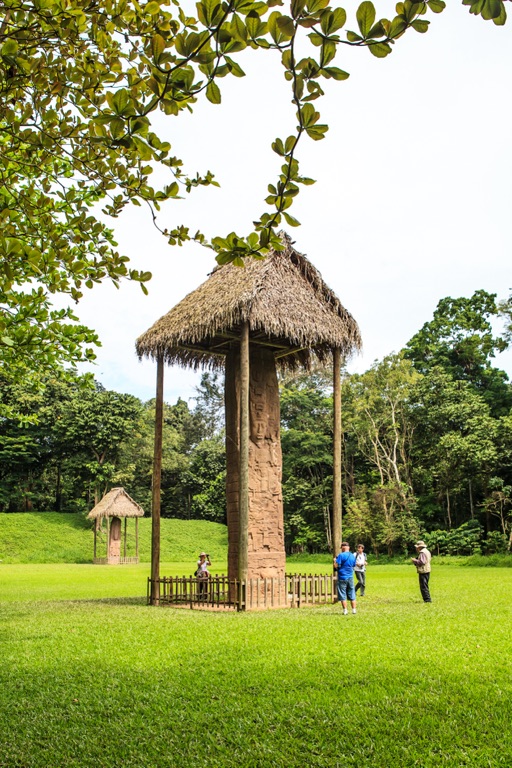Quiriguá, an ancient Maya archaeological site located in the department of Izabal in south-eastern Guatemala, stands as a medium-sized site covering approximately 3 square kilometers along the lower Motagua River. The ceremonial center, situated about 1 km from the north bank of the river, reveals the strategic placement of Quiriguá at the juncture of several important trade routes during the Maya Classic Period (AD 200–900). The site’s occupation began by AD 200, with significant construction on the acropolis starting around AD 550. A notable expansion of construction occurred in the 8th century, marking a period of grandeur for Quiriguá, which came to a halt around AD 850, except for a brief reoccupation in the Early Postclassic period (c. AD 900 – c. AD 1200).
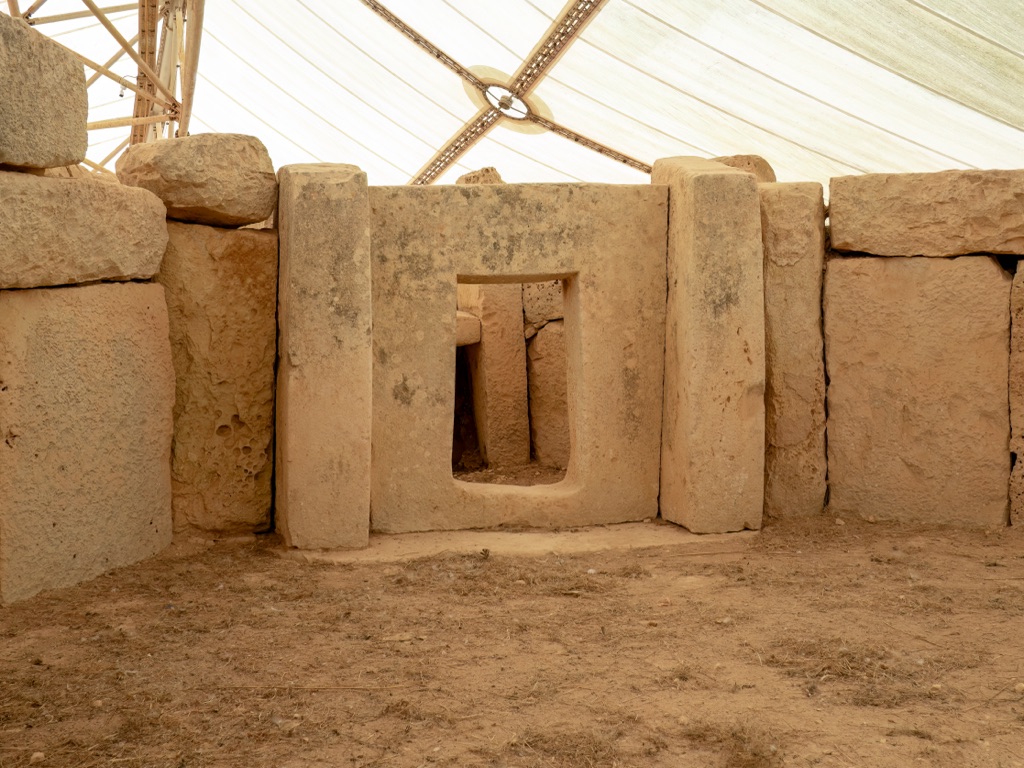
The Megalithic Temples of Malta
The Megalithic Temples of Malta are among the oldest free-standing structures in the world, predating Stonehenge and the Egyptian pyramids. These architectural marvels, constructed during the Neolithic period (circa 3600-2500 BC), are a testament to the ingenuity and spirituality of Malta’s prehistoric inhabitants. The UNESCO World Heritage Sites list includes several of these temples, recognizing their outstanding universal value. This article explores some of the most significant megalithic temples scattered across the Maltese archipelago.
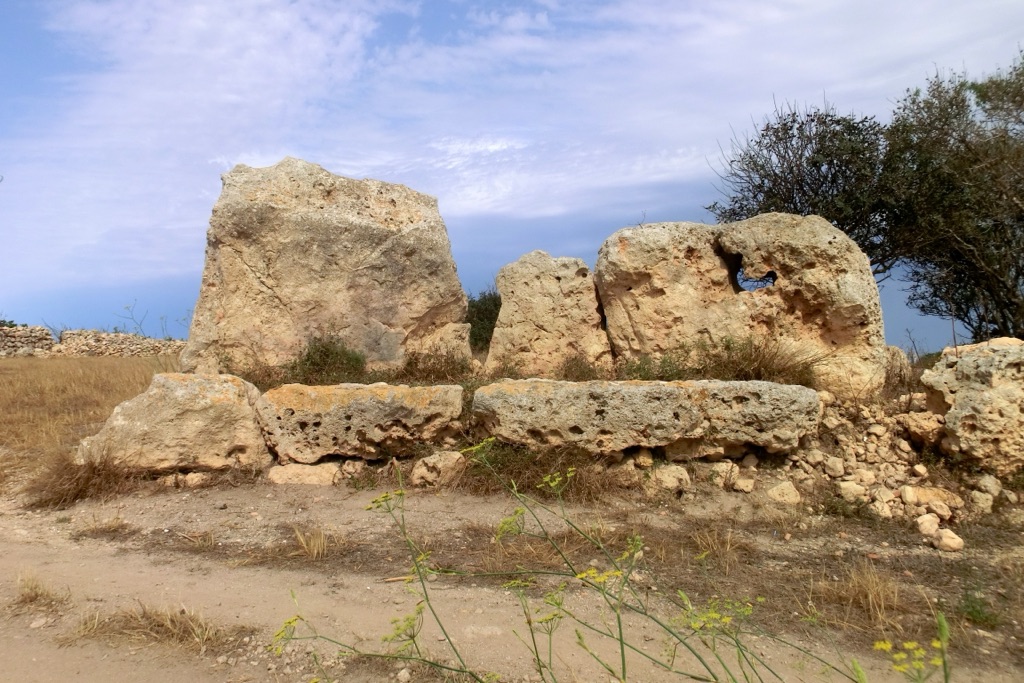
Santa Verna
Santa Verna, located in Xagħra on the island of Gozo, Malta, represents a significant archaeological site that offers insights into the prehistoric era of the Maltese islands. This site, which encompasses the remnants of a village and a megalithic temple, provides a window into the ancient past, revealing the complexity and sophistication of early human settlements in the region.
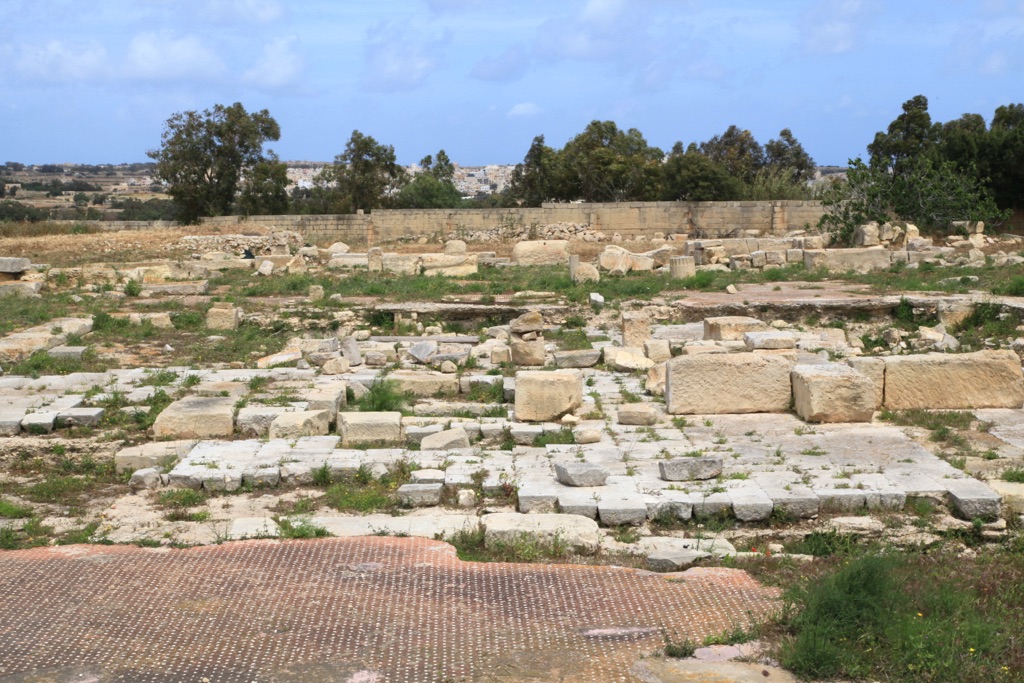
Xrobb l-Għaġin Temple
The Xrobb l-Għaġin Temple, situated within the confines of Marsaxlokk, Malta, represents a significant yet enigmatic chapter in the archipelago’s prehistoric era. Discovered in 1913 and subjected to initial excavations between 1914 and 1915, this megalithic temple has endured the ravages of time, with coastal erosion believed to have obliterated much of its structure in the 20th century. However, recent investigations have unveiled that remnants of the temple still persist, alongside another previously undocumented megalithic structure.
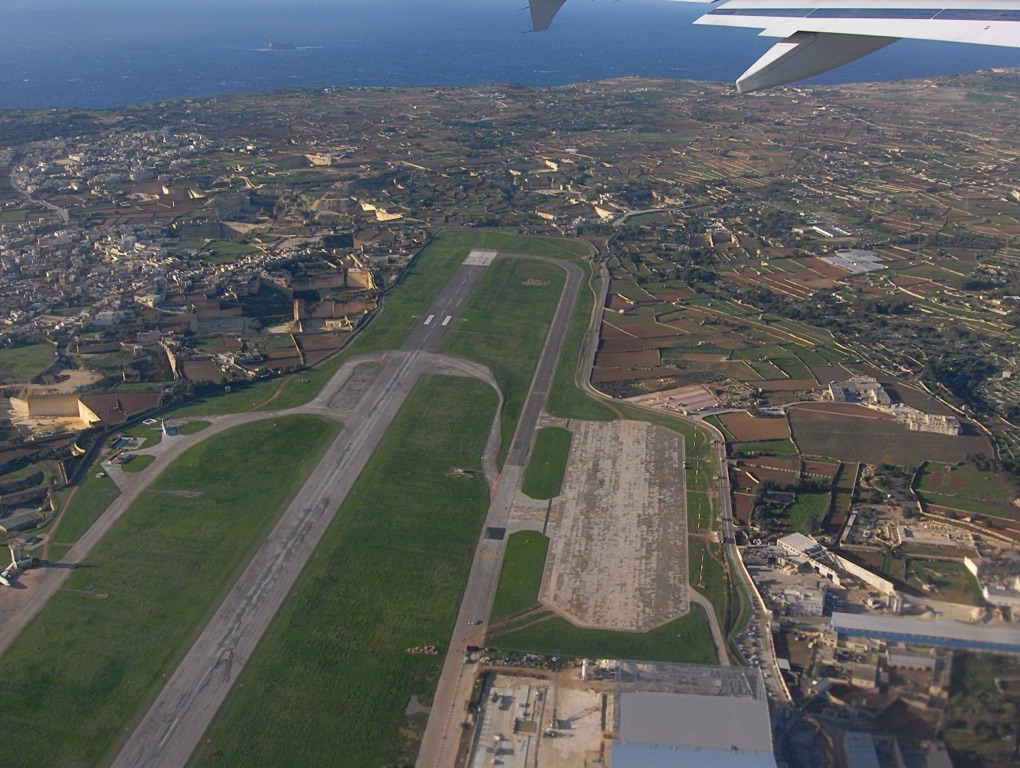
Debdieba
The Debdieba Megalithic Temple, known in Maltese as Id-Debdieba, represents a significant archaeological site located in Luqa, Malta. Dating back to the period between 3000 and 2500 BC, this temple is a testament to the island’s rich prehistoric culture and architectural ingenuity. The initial excavation of the site was conducted by Sir Themi Zammit in 1914, revealing the temple’s historical significance through the discovery of pottery fragments. Despite these findings, the majority of the temple’s remains were unfortunately destroyed, with much of the site being buried in the 1960s to facilitate the construction of an extension to the runway of Luqa airport.
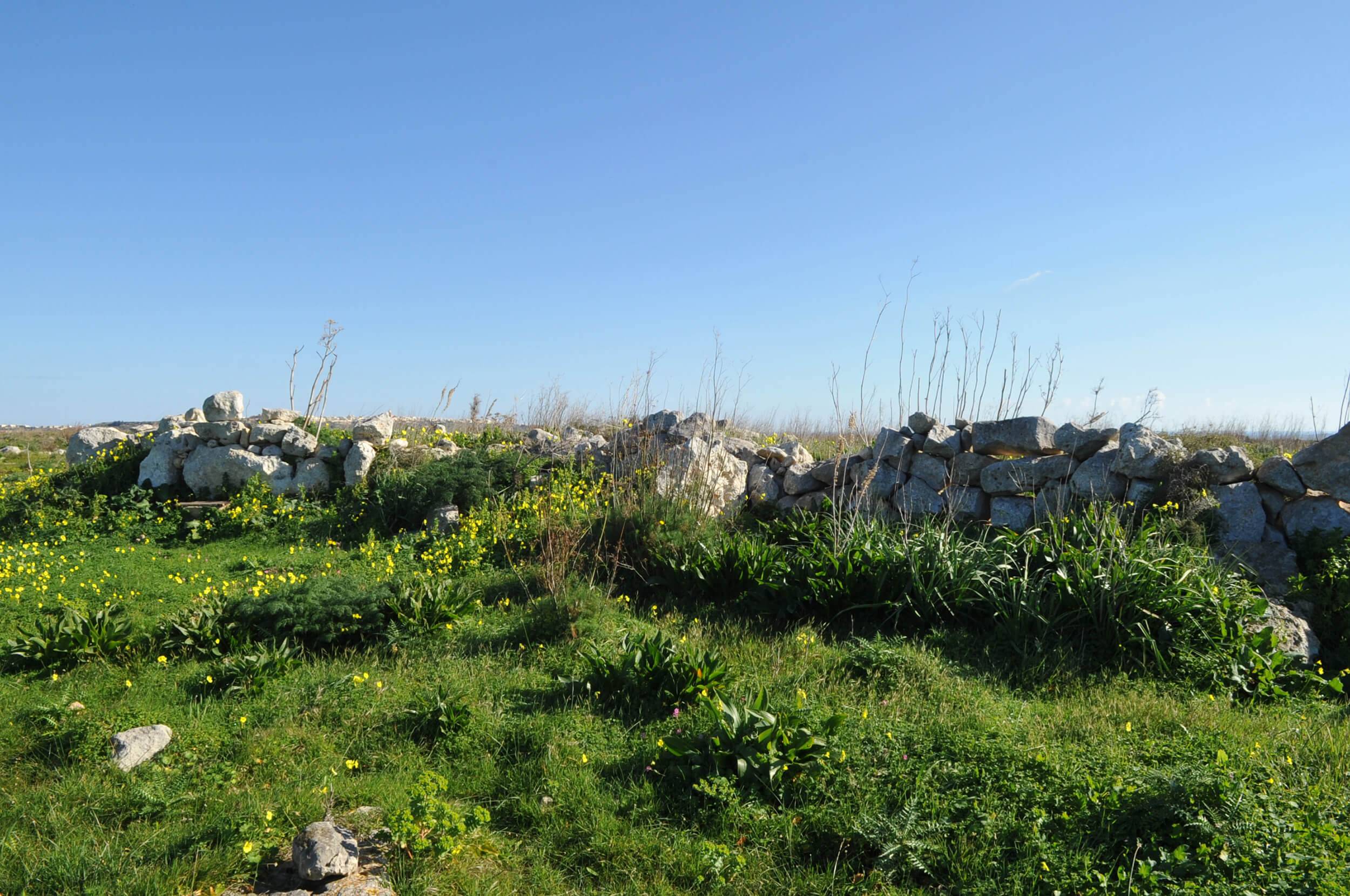
Borġ l-Imramma
The Borġ l-Imramma site stands as a testament to the architectural ingenuity of the temple period in Malta. Situated 500 meters southeast of the Ta’ Ċenċ plateau, this significant structure is a part of the rich prehistoric heritage of the Maltese islands. The presence of cart ruts and a dolmen in the vicinity further accentuates the historical importance of the site, offering a glimpse into the ancient activities that took place in the area.

